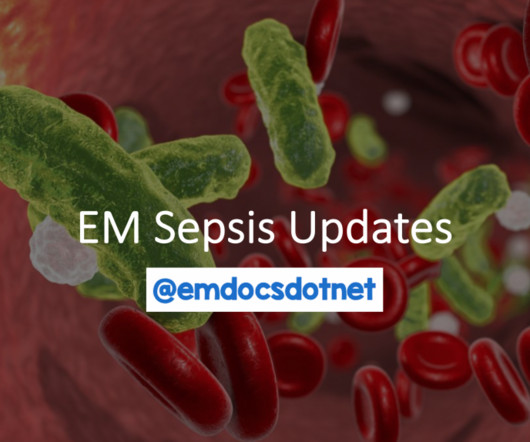Guideline Update: Acute Lower GI Bleeding
EMDocs
NOVEMBER 20, 2023
High certainty of evidence: further research is unlikely to change the confidence in the estimate of the effect. Moderate certainty of evidence: further research is likely to have an important impact and may change the estimate. Low certainty of evidence: further research is very likely to change the estimate.






















Let's personalize your content